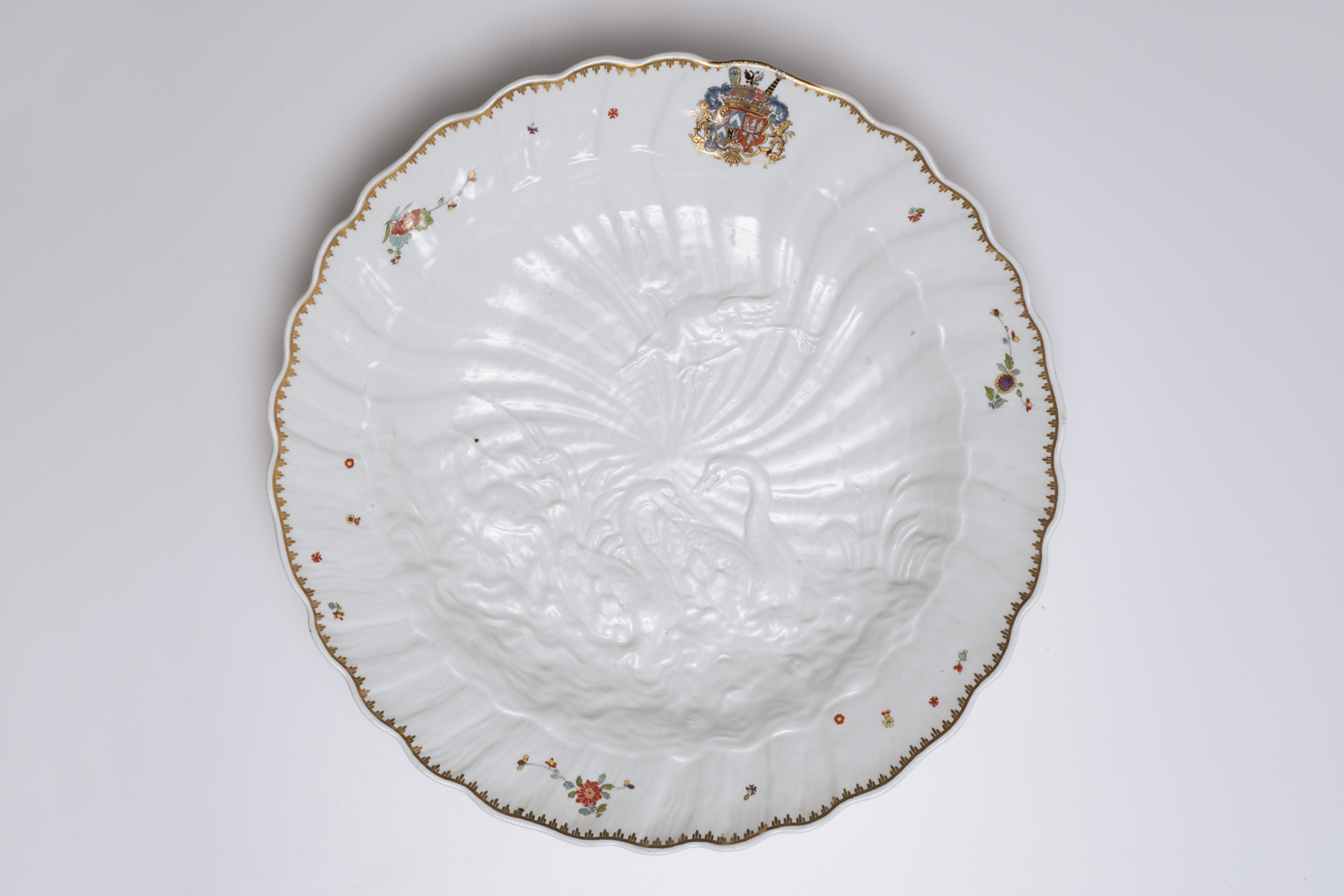serving plate from the Swan Service, Johann Joachim Kändler; Johann Friedrich Eberlein
Artwork Overview
Johann Joachim Kändler, assistant
1706–1775
Johann Friedrich Eberlein, artist
1695–1749
serving plate from the Swan Service,
1737–1741
Where object was made: Dresden, Germany
Material/technique: porcelain
Credit line: Museum purchase: Greater University Fund
Accession number: 1958.0009
Not on display
If you wish to reproduce this image, please submit an image request

